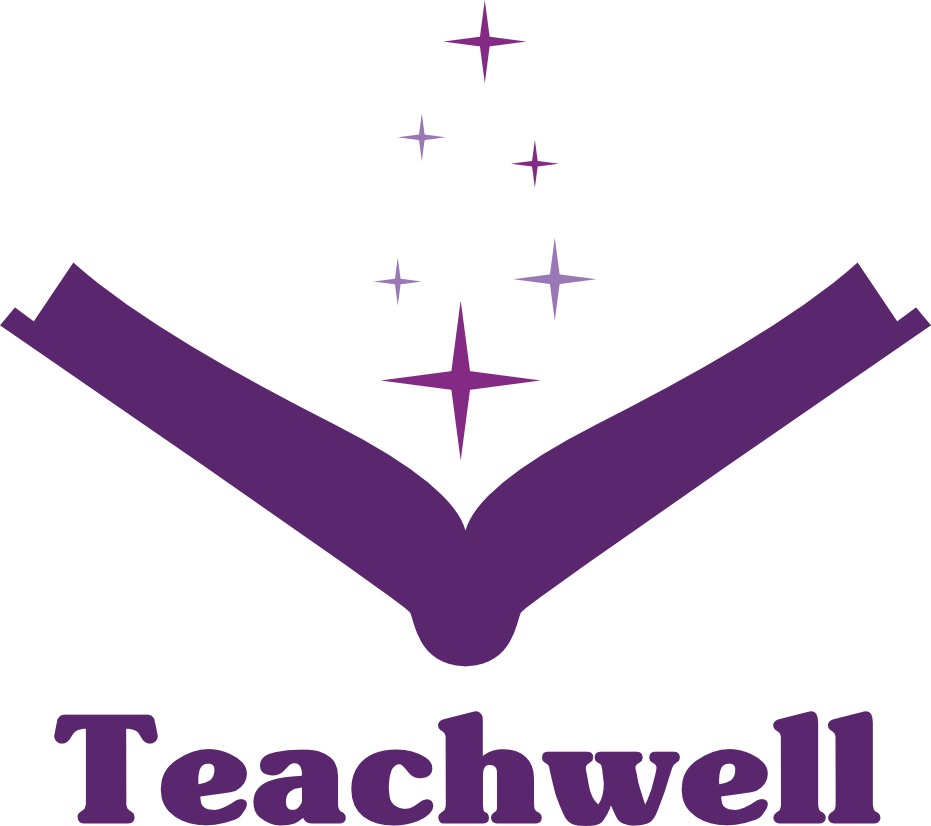Shared Understanding is Vital to Writing
![Early_writing_tablet_recording_the_allocation_of_beer By BabelStone (Own work) [CC BY-SA 3.0 (http://creativecommons.org/licenses/by-sa/3.0)], via Wikimedia Commons](https://i0.wp.com/www.teach-well.com/wp-content/uploads/2017/07/Early_writing_tablet_recording_the_allocation_of_beer-790x1024.jpg?h=500)
As I argued in my last blog, self-expression as the aim of a writing curriculum is a dead-end. To move forward, we need to strip back what has become an over-complicated process.
At its heart writing is communication and thus requires shared understanding of it’s rules and norms to be effective. This should be the goal not a goal.
“Freeing” children of the constraints of spelling, punctuation and grammar is a misguided task. They exist precisely so that we can develop a consistent and shared understanding of what we write, both with ourselves and others. The aim of mastering the written form is not to create one’s own individual form (and misses the point entirely of why writing developed and is a useful tool).
One aspect of emergent writing that I always saw as pointless was the idea that there was some value in writing so long as it could be read and understood by the child. So, presented with the following, one needed to take time listening to what the child had thought they had written:
dooowe dgee geiigo suipqw
The idea was that as the child could “read” it to you it had meaning. Except that it didn’t.
This was simply a child who could form letters but had no sound-letter correspondence at all. More to the point, it didn’t have some special meaning for the child either. Give it half an hour and they would not be able to read it back to convey the same words as they had “read” previously. When I first started teaching there were children who went the whole way through school like this.
Phonics teaching at least has had an impact here, yet a good quality programme needs to be sound to letter and deal with both reading and writing simultaneously as exposure and hope are not sufficient.
Why promote or reinforce the idea that the written form can be reinvented to have meaning at the level of the individual? Ostensibly it was to ensure that fragile self-esteem was not destroyed by correction, ensuring the early writer was not “put off” writing forever.
Yet the concept of raising and protecting self-esteem is pseudoscience. As are corollary ideas such as it impacts on motivation, which affects attainment (Greg Ashman refers to this in the context of maths education here but there is no rational reason to believe it holds true elsewhere either.)
More to the point high self-esteem simply does not compensate for lack of knowledge of how to write. Writing a whole page of barely comprehensible sentences enthusiastically doesn’t lead to it making any more sense.
Clare Sealy’s post about the realistic need for trade-offs including in writing, is refreshingly honest. While teachers, including myself make such trade-offs what I lacked in the past was an understanding of the purpose and the importance of ensuring the overall goal of writing.
If as teachers we don’t understand and respect the need for shared norms in writing, then I don’t see how we can teach writing effectively. It’s a red herring that because some great writers chose to break the rules, that means they never need to be learnt in the first place. Those authors did not do so in ignorance. It’s one thing to read the odd novel where the rules are bent or broken in ones lifetime, it’s another to do so daily in every piece of writing.
I recall one fervent conversation about punctuation in a previous school where I was told that even though a child had not punctuated a single sentence, it was clear they had meant to. Except it wasn’t clear to me and turned the moderation exercise into a spectacular waste of time. No doubt the accountability culture drove some of the self-delusion that the writing was fine after all. But a more productive conversation would have involved working out what we should do to support the child to punctuate accurately. More to the point, children practicing writing incorrectly embeds this and unpicking it later is both time consuming and less effective than teaching it properly in the first place.
The worst culprit here is teacher/adult scribing for the child or underneath the child’s writing what they meant to write, the inverse of what dictation is for. While there are children who have a physical disability, which means they need to be scribed for, they are a rare minority.
That children who have no such need require a scribe is a damning indictment of our writing curriculum and reflects a system which unnecessarily creates mini Barbara Cartlands. Except it’s not laziness, but a lack of knowledge, understanding and practice which creates a dependency culture that hinders the chances of a child becoming writer at all.
Meeting the needs of the mythical early writer who downed his/her pencil forever for being taught explicitly jars with the reality of children who didn’t simply didn’t know how. Neither does basking in the glory in a minority of our best writers change the overall reality for everyone else. Expecting multiple different forms of writing does not induct a child into developing the shared understanding needed to communicate effectively, and turn cohorts into confident, independent writers.
The writing curriculum was and is bloated with genres hoping to inspire children to become better writers, it doesn’t. Instead each new unit is attempting to build on insecure foundations from previous ones that year or previous years, never with enough time to practice or embed the key skills needed. If it did, there would be no need for the kind of hothousing that takes place in Year 6 classes.
Instead a multitude of features and layouts is taking up valuable time on the curriculum, distracting primary teachers from the core teaching of basic skills and making what I consider to the be correct trade-off (in primary at least) – which is genres vs SPaG.







